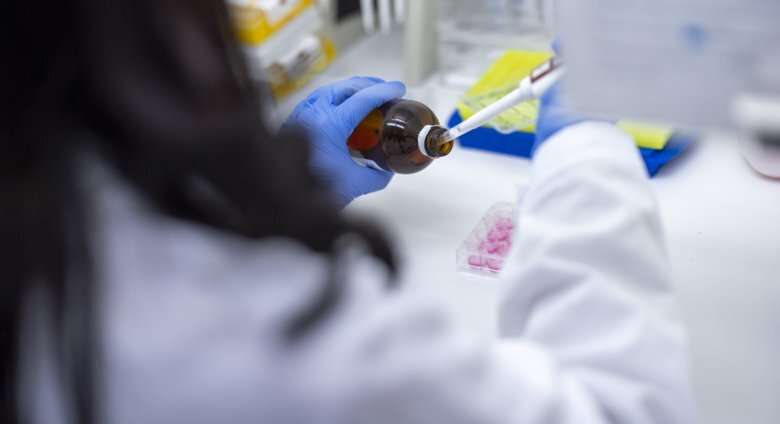
Many patients with the autoimmune disease ANCA-associated vasculitis (AAV) suffer a high risk of disease relapse despite treatment. Karolinska Institutet researchers have now identified T cells that contribute to the destruction of kidney tissue in patients with AAV and suggest the possibility of T cell screening to identify individuals at high risk. The study was published in Kidney International.
Ravi Kumar, postdoctoral researcher at the Division of Rheumatology, Department of Medicine Solna, is one of the researchers:
What does your study show?
ANCA-associated vasculitis (AAV) is an autoimmune disease affecting blood vessels, e.g., in lungs and kidneys, and is characterized by autoantibodies to neutrophil-derived enzymes, such as proteinase 3 (PR3), and a genetic link to MHC class II genes. The features of T cells recognizing the PR3 self-antigen are not known. Here, our study shows that PR3 autoreactivity was enriched in CD4+T cells expressing the G-protein coupled receptor 56 (GPR56), which associates with cytotoxicity. GPR56+ T cells were found both in blood and in affected kidneys. T-cell receptor (TCR) repertoire of PR3-reactive T cells showed shared (public) TCRs between patients, implicating a common “clonal” immune response.
Why are the results important?
Many patients with AAV, especially PR3-AAV suffer a high risk of disease relapse despite treatment and today such flares cannot be accurately predicted. Our finding of presence of GPR56+ CD4+ T cells only in kidneys with active inflammation suggest their contribution to local tissue destruction, which may reveal previously unrecognized disease mechanisms. The finding of public TCRs between patients who presented with relapsing disease encourages us to explore the possibility of T cell screening for identifying pathogenic memory which could identify individuals at high risk for disease relapse. In the longer perspective, future therapies can be aimed at specific depletion of such T cells or re-educating the immune system by designing autoantigen-based vaccines.
How did you perform the study?
The study utilized multicolor flow-cytometry based immunophenotyping of T cells from 72 patients with AAV. Autoreactive T cell responses were screened using a multicolor fluorospot assay, while the repertoire of such cells was investigated using TCR sequencing of single-sorted T cells. The kidney biopsies from seven patients were screened for presence of GPR56+T cells using four-color confocal microscopy.
What is the next step in your research?
An ongoing research effort is to identify and validate peptides on PR3, that act as autoantigens in the patients affected with disease. The efforts to find clinical utility of assays to detect these self-reactive T cells and their role in disease pathogenesis using both patient samples, and human T-cell receptor based transgenic animal models will be the next focus of the group.
Karolinska Institutet

